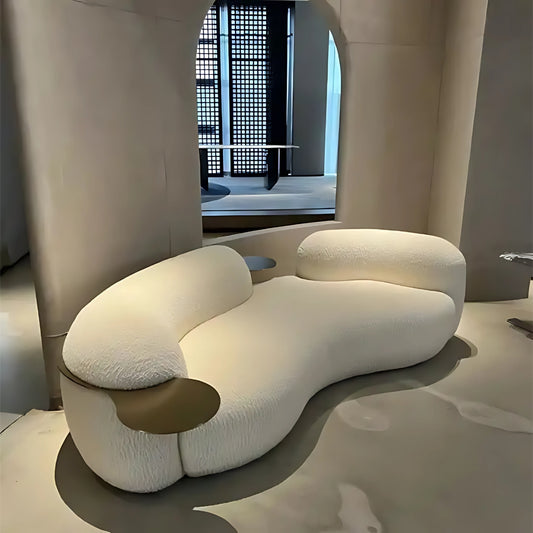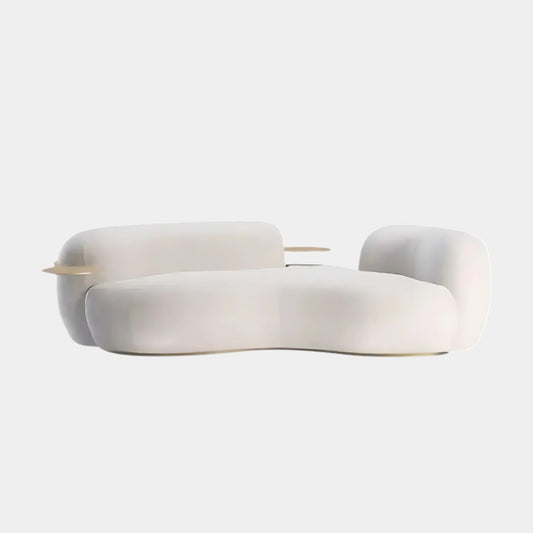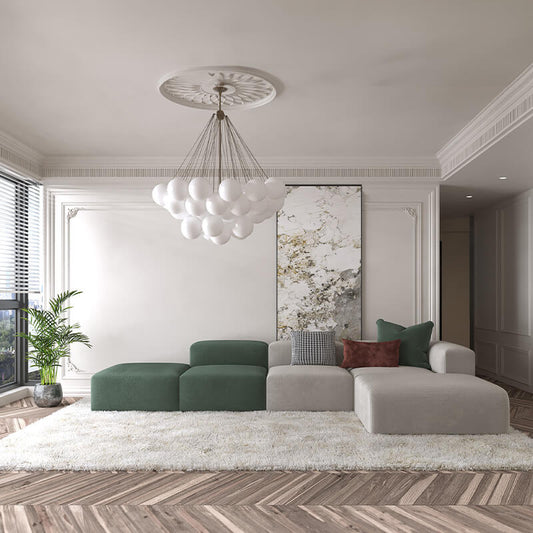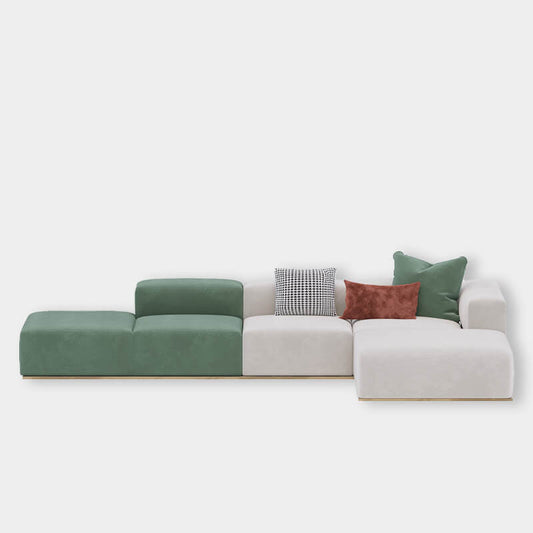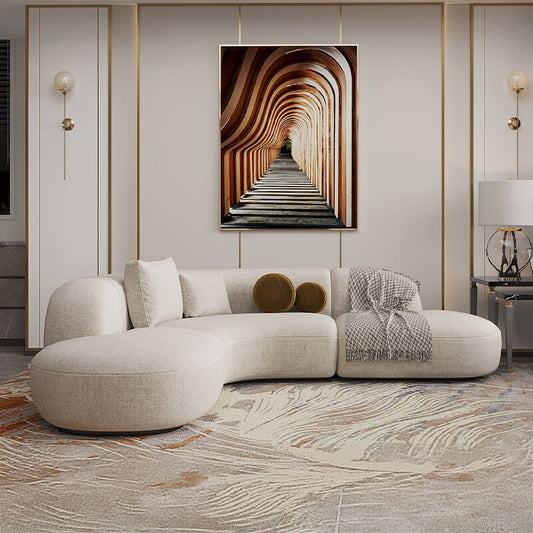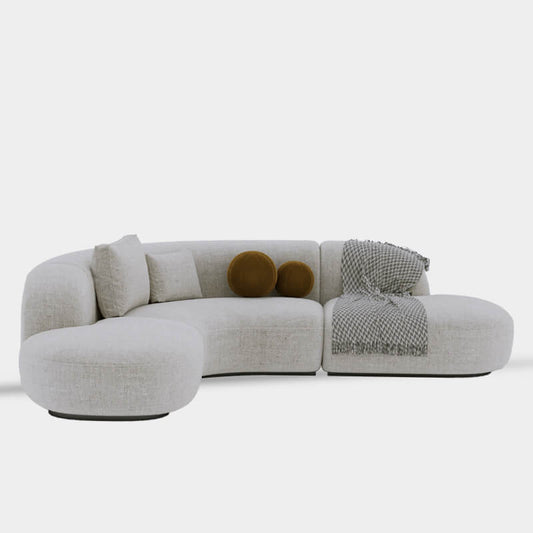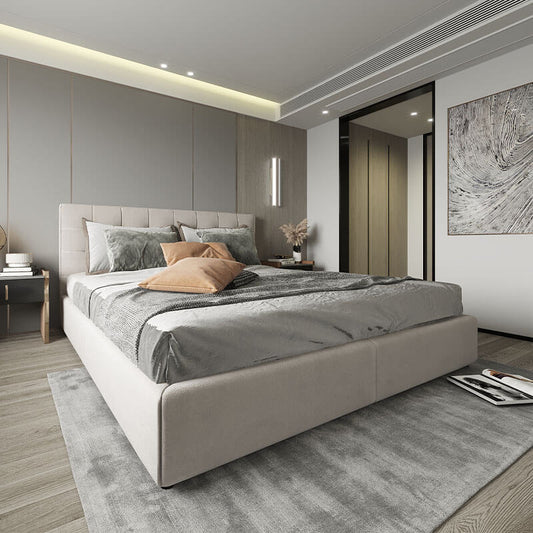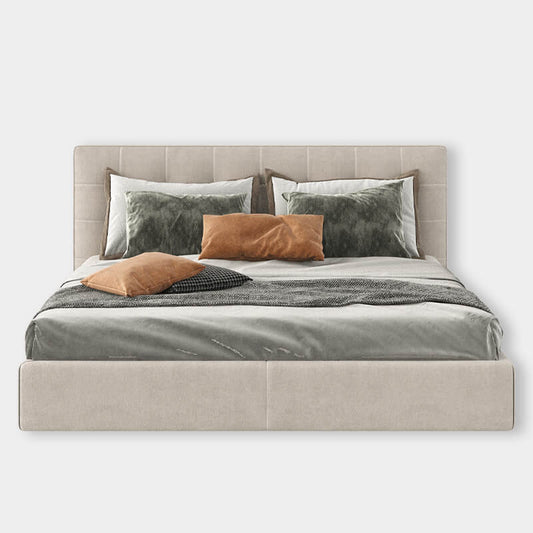Choosing the right furniture color can transform your living space, creating a harmonious and inviting atmosphere. From matching colors with your decor to considering lighting and functionality, this guide shares seven essential tips to help you pick the perfect furniture color for your home.
1. Consider Your Room’s Color Palette
Start by evaluating your room's existing color scheme. Look at the wall color, flooring, and decor accents. Choose furniture colors that complement or contrast the palette without clashing.
- Tip: Use neutral furniture in rooms with bold walls or patterns for balance.
2. Think About the Room’s Lighting
Lighting can greatly influence how a furniture color appears. Natural light enhances lighter shades, while artificial lighting can make darker colors feel cozier.
- Tip: Test furniture swatches in your room under different lighting conditions.
3. Match Furniture Color to Functionality
Different colors serve different purposes. Darker furniture hides stains and wear better, making it ideal for high-traffic areas, while lighter furniture can make smaller spaces feel open and airy.
- Tip: Opt for darker tones in family rooms and lighter shades in formal spaces.
4. Choose Colors Based on Mood
Colors evoke emotions, so think about the mood you want to create.
- Warm colors (reds, yellows): Add energy and vibrancy.
- Cool colors (blues, greens): Promote relaxation and calm.
- Neutrals (beige, gray): Offer timeless elegance.
5. Balance Trends with Timelessness
While trendy colors are tempting, timeless shades ensure your furniture remains stylish for years. If you love experimenting, introduce trends through accessories like cushions and throws instead of large furniture pieces.
6. Coordinate with Your Style
Furniture color should align with your interior design style:
- Modern/Minimalist: Stick to monochrome or muted tones.
- Rustic: Opt for earthy colors like browns and greens.
- Eclectic: Mix and match vibrant colors for a bold statement.
7. Test Before You Commit
Before making a purchase, test furniture samples in your space. Observe how the color interacts with your decor, lighting, and room size.
- Tip: Many retailers offer fabric or material swatches for this purpose.
Quick Recap of Tips
| Tips | Key Focus |
|---|---|
| Consider the room’s color palette | Match or contrast with existing decor. |
| Think about the room’s lighting | Test how colors appear in natural and artificial light. |
| Match color to functionality | Choose shades based on durability and room use. |
| Choose colors based on mood | Create an emotional connection in the space. |
| Balance trends with timelessness | Pick trendy accessories and timeless furniture. |
| Coordinate with your style | Align furniture colors with your interior theme. |
| Test before committing | Use samples to make an informed choice. |





